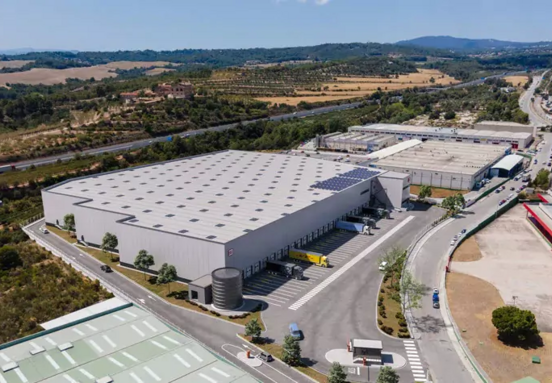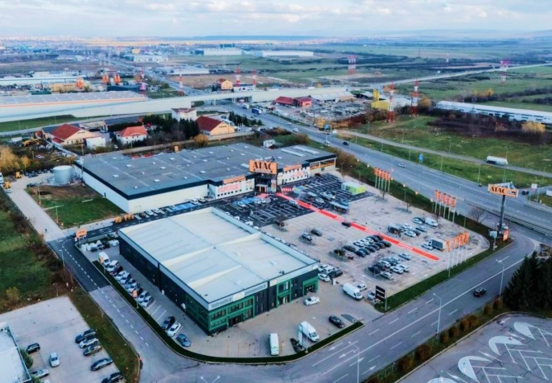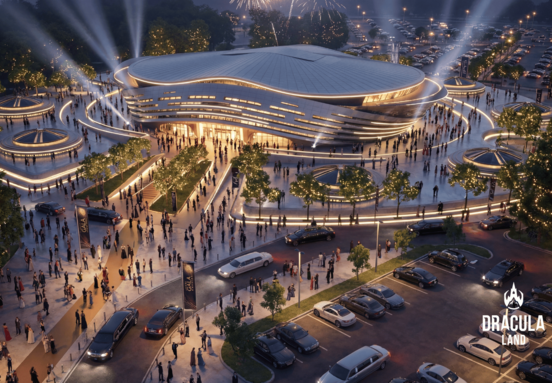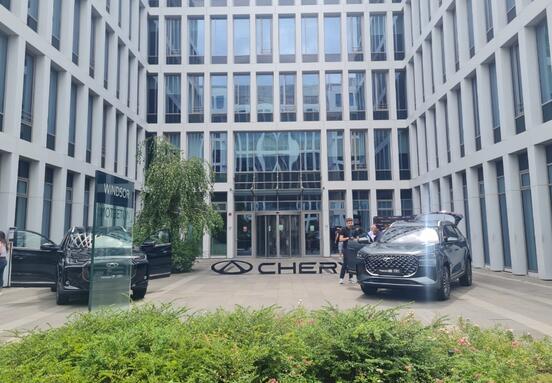Coupled with a shallow pipeline for the next few years, this could lead to some significant supply constraints if demand picks up, according to Colliers’ experts.
Annualized demand for office spaces has officially returned to pre-pandemic intensity, recording 2019 levels, but many challenges exist on the horizon, due to rising costs of finance and the overall economic uncertainty. After two and a half years from the onset of the pandemic, Colliers consultants note that it is clear that the shift in workforce expectations towards hybrid or remote work is permanent. Most companies seem to have adopted a hybrid work model, with the split usually quite even between remote and office-based work. Currently, employee footfall in offices rarely moves past 40-50% when compared to pre-pandemic levels.
“Besides increasing the uncertainty factor, the conflict in Ukraine has not had visible effects on the local office market, but it’s fallout – particularly the higher inflation and subsequent rising cost of risk – is relevant. Rents for upcoming projects reflect the higher construction costs to a certain extent. In Bucharest, due to certain administrative blockages, the pipeline for the next few years will likely remain low. The land plots without zoning will likely see limited progress on getting authorizations. Consequently, the sentiment changes towards a landlord’s market, particularly in very central locations”, explains Silviu Pop, Director CEE & Romania Research at Colliers.
The modern office stock in Bucharest reached 3.27 million square meters mid-2022, with around half of the market comprised of buildings older than 10 years and the rest delivered since 2012,, according to Colliers’ recent “ExCEEding Borders: CEE-15 Office Markets in Turbulent Times” report. Colliers consultants estimate that around 130,000 square meters of new modern offices could be delivered this year, with a total of roughly 360,000 square meters possible for the 2022-2024 period, though the 2024 calendar could be postponed.
The market is currently facing two significantly opposite scenarios: if leasing demand for Bucharest offices remains at a decent pace (or picks up a bit), we can easily see the high-end, truly modern office stock as becoming insufficient, tilting portions of the market to a landlord’s one. The opposite scenario could be linked to either an economic slowdown or more companies that would scale back their office footprint amid hybrid work, either way, negatively impacting occupancy and dampening the effect of the thin pipeline calendar. Either way, quality remains a top priority for most companies seeking to rent office.
“Green building certifications become a must-have for any landlord seeking to successfully lease their offices. Furthermore, in a post-COVID/high inflation world and at a time when bringing employees back in the office is more difficult, landlords are increasingly seeking other differentiating ESG-related certifications and tenants are interested and open to pay a higher rent for more sustainable office space. As a matter of fact, all office buildings delivered since 2017, i.e. 31% of the modern office stock in the capital, are LEED and BREEAM certified, vacancy for these prime office spaces being mostly around 11% on average and prime headline rents are in 17 -19 euro per square meter. The rent gap between older and newer similarly located buildings will remain in place and only widen as capex cannot fully compensate for the advantages that the latter have”, says Victor Coșconel, Head of Leasing | Office & Industrial Agencies la Colliers.
Overall, office vacancy rates in the CEE capitals have been slowly stabilizing, following a rise into double digits for many markets during the pandemic, as both supply and demand adjust. Partially due to higher construction costs and low availability in some of the most sought-after locations, Colliers consultants are seeing increases in rents, especially for newly developed buildings. Furthermore, they expect to see rates rise across the board as a result of inflation.
Another business reality in the CEE-15 region is that CapEx requirements for fit-out works have also become increasingly difficult to predict and plan for. Colliers consultants note that in Q1 and Q2 2022, the prices of building materials increased by 30% compared to the same period of last year and they vary significantly depending on the group of materials. This makes estimating the cost of commercial space fit-out or rearrangement very difficult. The trend is likely to prevail if not steepen due to rising prices of gas, electricity and labor and a lack of qualified contractors on the market.
“Most typical risks in the process of procuring office space include a lack of flexibility in the lease terms and unrealistic assumptions about what can be delivered within the available fit-out budget. Therefore, an end-to-end approach where a single qualified supplier takes full responsibility for the entire process – from requirements definition and lease terms negotiations through all design stages and all the way to fit out works delivery – becomes an increasingly attractive proposition. This objective driven Define – Design – Deliver process ensures that office spaces meet business and workforce demands, whilst being designed to fulfill the available budget and be delivered within the agreed timeframe”, points out Victor Coșconel, Head of Leasing | Office & Industrial Agencies la Colliers.
Colliers innovates and responds to current challenges and future needs in the office market with Office 360°, its complete approach of the office with all its touchpoints, carried out in a unique and highly complex process that is tailored to the very last detail to fit the companies’ needs and strategic plans. Colliers’ approach to cost control at each stage of the office transformation delivers additional savings often in excess of 10-15%, when compared to the values obtained usually from contractors, in negotiations during the tender stage.
In summary, Central and Eastern European countries are in a difficult spot, as is much of the global economy, but they should bounce back eventually and continue to see a stronger growth rate than Western European states, note Colliers in the “ExCEEding Borders: CEE-15 Office Markets in Turbulent Times” report. At ca. 5.3 billion euros for the first half of 2022, investment volumes for the CEE-6 (Bulgaria, Czech Republic, Hungary, Poland, Romania and Slovakia), were up 8.5% YoY. This was supported by strong first-quarter activity, which slowed again in the second quarter.






